A Breakdown of OSHA’s Compliance Updates and COVID-19 Prevention Programs
Preventing the exposure to and spread of COVID-19 at the workplace is top of mind for employers, especially those who oversee teams of essential workers or are just welcoming employees back to a community building. Recently, the Occupational Safety and Health Administration (OSHA) issued stronger worker safety guidance on COVID-19 workplace safety, COVID-19 prevention programs, COVID-19 reporting and risk identification processes, according to the U.S. Department of Labor.
This workplace hazard is also a concern for OSHA, so much so that the agency released new recordkeeping requirements and strict regulations for occupational respiratory protection. We’re here to help you navigate these new rules to ensure you are effectively protecting your employees’ wellbeing and continue to be OSHA compliant.
New OSHA Guidance for Recording and Reporting
OSHA has issued temporary enforcement guidance related to COVID-19 recording and reporting occupational injuries and illnesses required under OSHA 300 log (29 CFR Part 1904).
While you wouldn’t normally record illnesses like the flu or common cold, OSHA does implement guidelines in cases of a pandemic. This is the case for reporting and/or recording the occupational spread of COVID-19. This is all in an effort to keep both employers and employees safe, better understand how the novel virus spreads at work and, perhaps most importantly, prevent the spread of the virus at your workplace.
Of course, due to the highly contagious nature of COVID-19, it can be difficult to determine where and when a worker contracted the virus. That’s why OSHA has very strict rules regarding COVID-19 reporting. According to the U.S. Department of Labor, employers are only responsible for recording cases of COVID-19 if all three of the following are true:
- The worker has a confirmed case of COVID-19. If an employee thinks they have the virus and is being tested, do not record it until an official laboratory test confirmation is received.
- The case is work-related. This is defined by 29 CFR 1904.5 as being the case if the exposure occurred in the work environment and either caused or contributed to the resulting condition or significantly aggravated a pre-existing illness.
- The case involves one or more of the general recording criteria set forth in 29 CFR 1904.7. The criteria include needing medical treatment beyond first aid, days away from work, death or loss of consciousness. Additionally, if the case involves an illness or injury treated by a licensed health care professional, it meets the case for being recordable on the 300 log and also meets the case for reportable if the worker is hospitalized.
Common COVID-19 Citations and Respiratory Protection
Beyond adhering to the OSHA updates regarding COVID-19 reporting, there are other actions you should continue to take to improve employee wellbeing today. The regulatory agency recently released a list of common COVID-19 citations in an effort to help employers better protect their workers and avoid penalties. Most of the penalized actions involve failing to provide proper respiratory protection.
Here are some tips you should consider to continue to be OSHA compliant when using a respirator:
- Before having a worker fit-tested for a respirator, make sure they receive the necessary medical evaluation.
- Always perform an appropriate fit test before providing a worker with a face-piece respirator.
- Establish, implement and/or update a written respiratory protection program with worksite-specific procedures. It should include information on medical evaluations, fit-testing and assessing the effectiveness of the plan.
- Provide effective training to ensure each employee understands the importance of respirators, proper usage, limitations of the device, maintenance and cleaning per the manufacturer’s instructions. This should be conducted annually.
- Make sure to select and provide an appropriate respirator that is NIOSH approved to every employee.
- Store respirators per the manufacturer’s instructions when not in use.
- Keep proper records of fit tests and work-related injuries and illnesses.
Every industry is different. Frontline workers, like those in healthcare, deal with different challenges when it comes to regulating personal protective equipment that other essential workers may never experience. These recommendations are simply a baseline for enhancing COVID-19 workplace safety during these unprecedented times and maintaining your OSHA compliance.
General Preventative Methods to Consider
Beyond providing proper respiratory protection, there are several other COVID-19 workplace safety preventative measures you can take to safeguard your employees. Basic infection prevention methods may feel like second nature for many at this point, but the following recommendations by OSHA can be used as a general reminder to employees that reducing the spread of infection starts with good hygiene and cleanliness.
- Make sure that anyone who enters the premises of your organization, including employees and visitors, are washing their hands throughout the day.
- Place hand sanitizer at every workstation and encourage workers to use it.
- Remind workers the importance of covering coughs and sneezes if a mask malfunctions.
- Do your due diligence by keeping the workplace as clean as possible. Regularly disinfect surface areas and work equipment with EPA-approved disinfectants and chemicals.
COVID-19 Prevention Programs
According to OSHA’s latest guidance update, implementing a prevention program is the most effective way to reduce the spread of COVID-19 at work.
Here are the key factors to consider in a successful prevention program:
- Conduct a hazard assessment.
- Identify control measures to limit the spread of the virus.
- Adopt policies for employee absences that don’t punish workers as a way to encourage potentially infected workers to remain home.
- Ensure that coronavirus policies and procedures are communicated to both English and non-English speaking workers.
- Implement protections from retaliation for workers who raise coronavirus-related concerns.
For more information from OSHA on the The Roles of Employers and Workers in Responding to COVID-19 along with their recommended 16 elements every COVID-19 Workplace Safety Prevention Program should include, click here.
Protecting Your Employees’ Health Today and Tomorrow
The best way to protect yourself and your employees from preventable injuries and illnesses at work is with engaging and straightforward educational resources. FFVA Mutual offers over 30 safety training courses to help your team understand the importance of personal protective equipment (PPE) that may be necessary for their roles. With a variety of OSHA resources available on our website, you can ensure your organization is set up to abide by COVID-19 Workplace Safety Guidance and feel confident that you and your employees are safeguarded for the future.
Education is the foundation of a safe workplace, which in turn helps reduce workplace injuries, illnesses and claim costs. To learn more about FFVA Mutual’s online and in-person safety training available at no-cost for policyholders, view the courses here and submit a safety training request.
And don’t forget to explore and bookmark FFVA Mutual’s catalog of online resources spanning Return to Work guidance and Claims Management Solutions, or contact a Solutionist today.
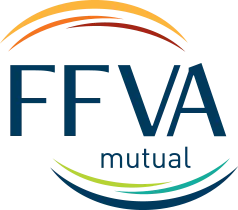






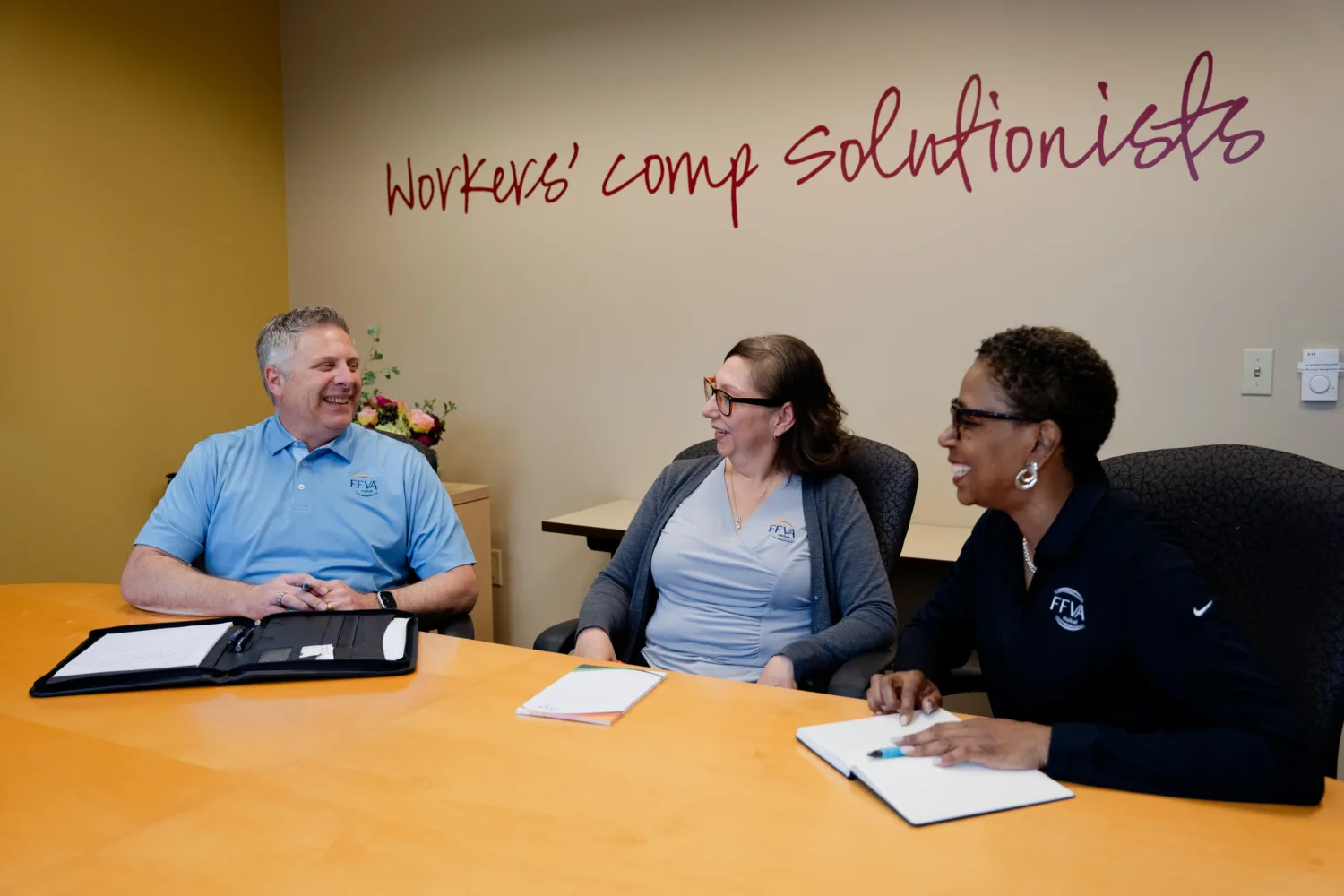
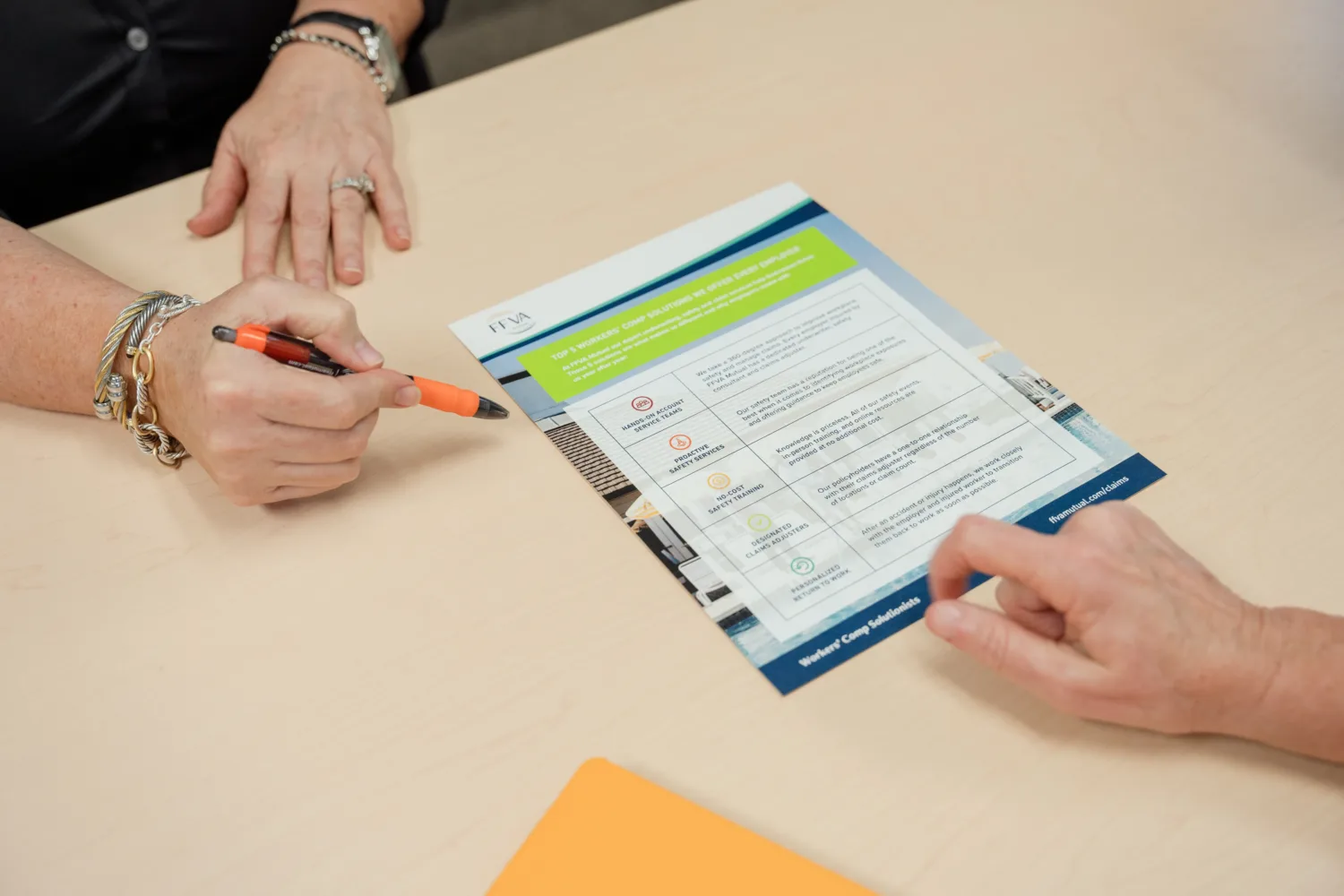

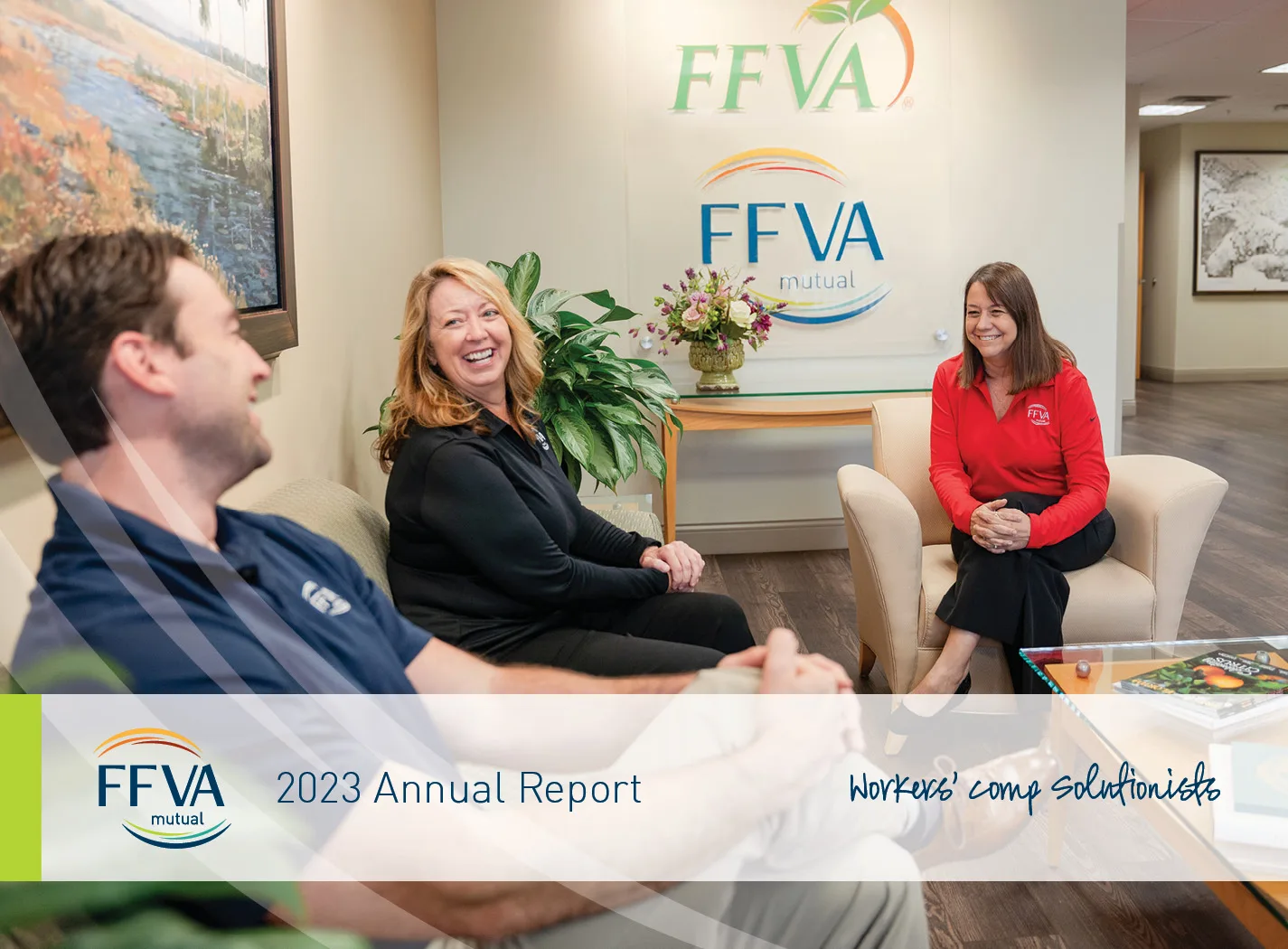


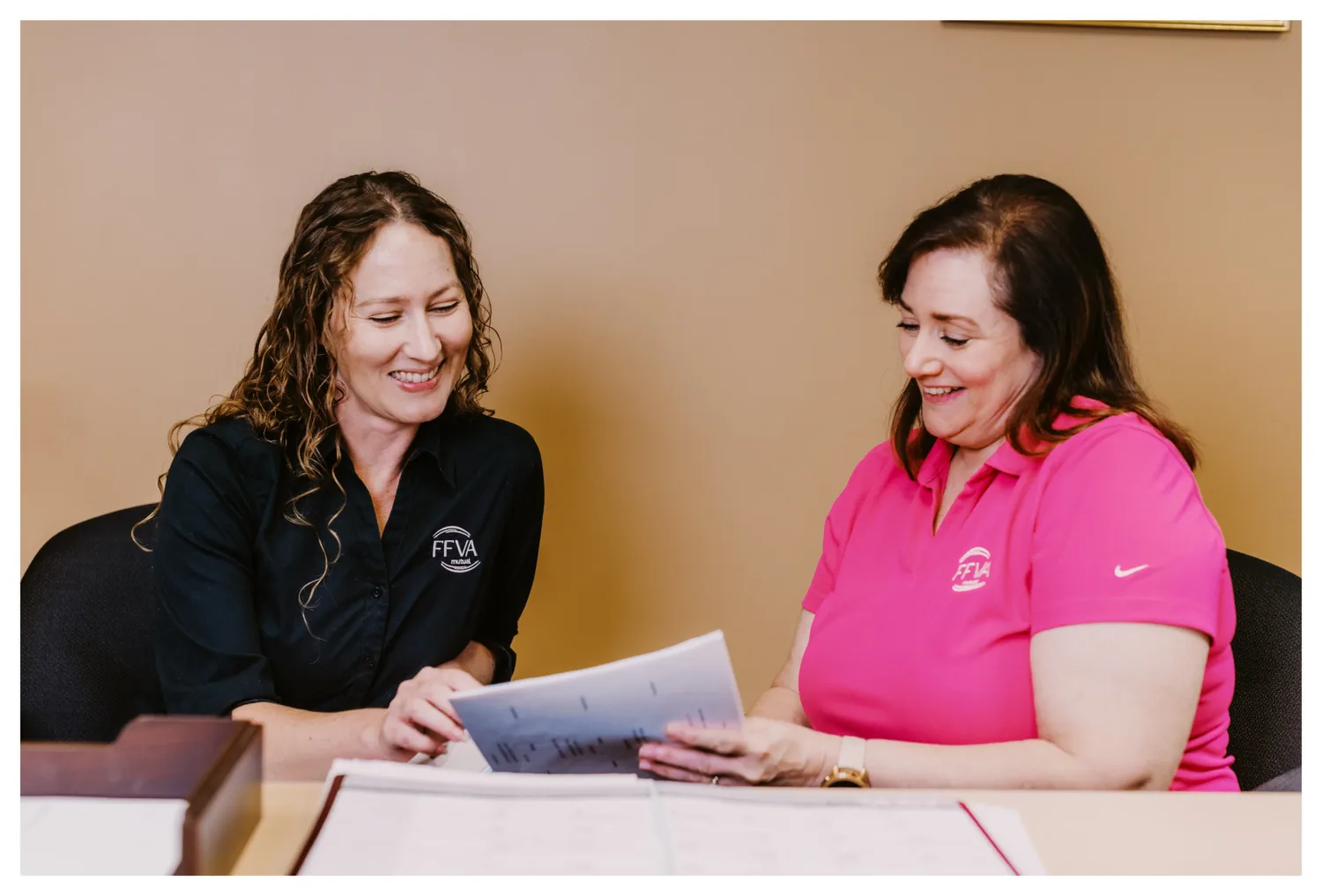

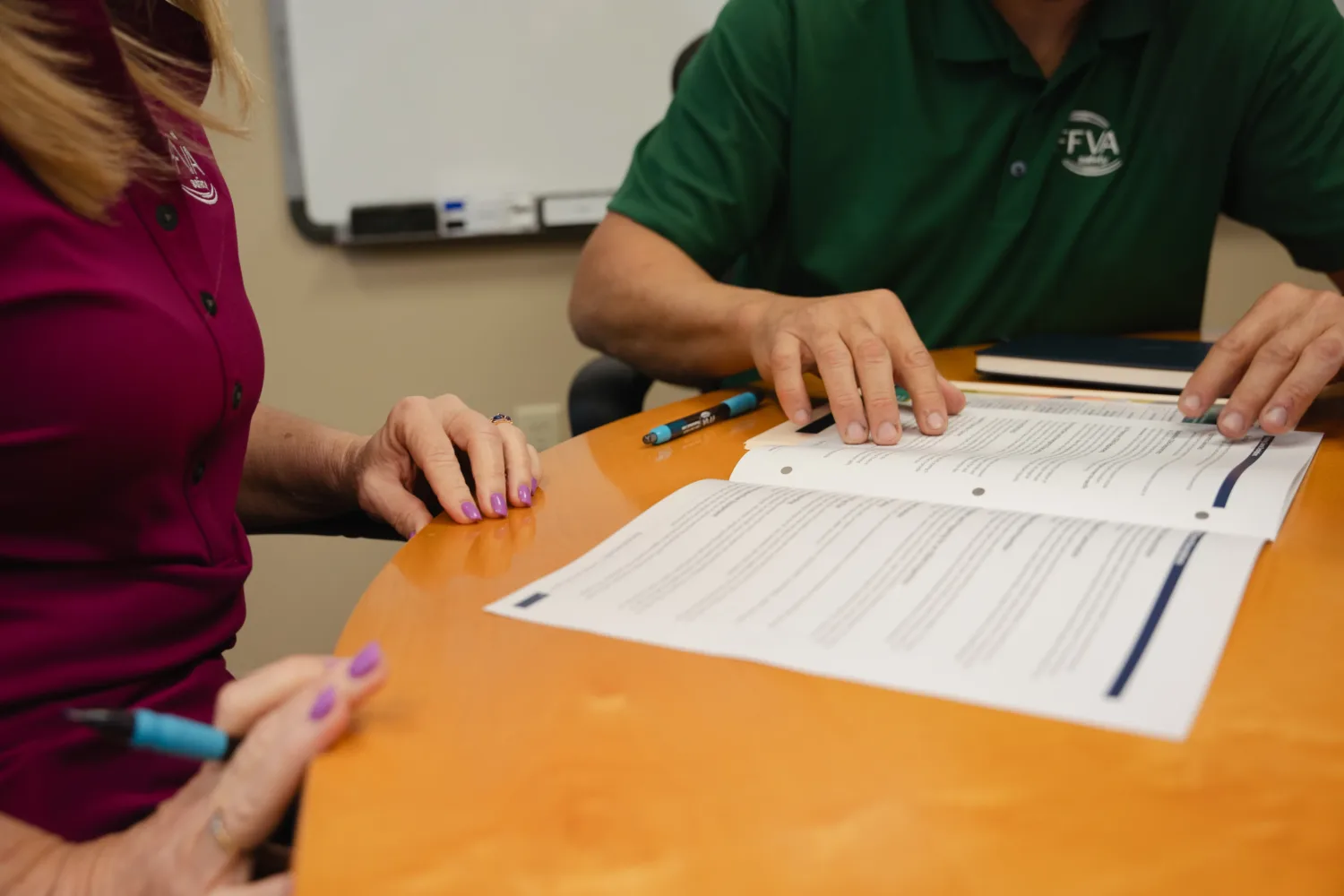

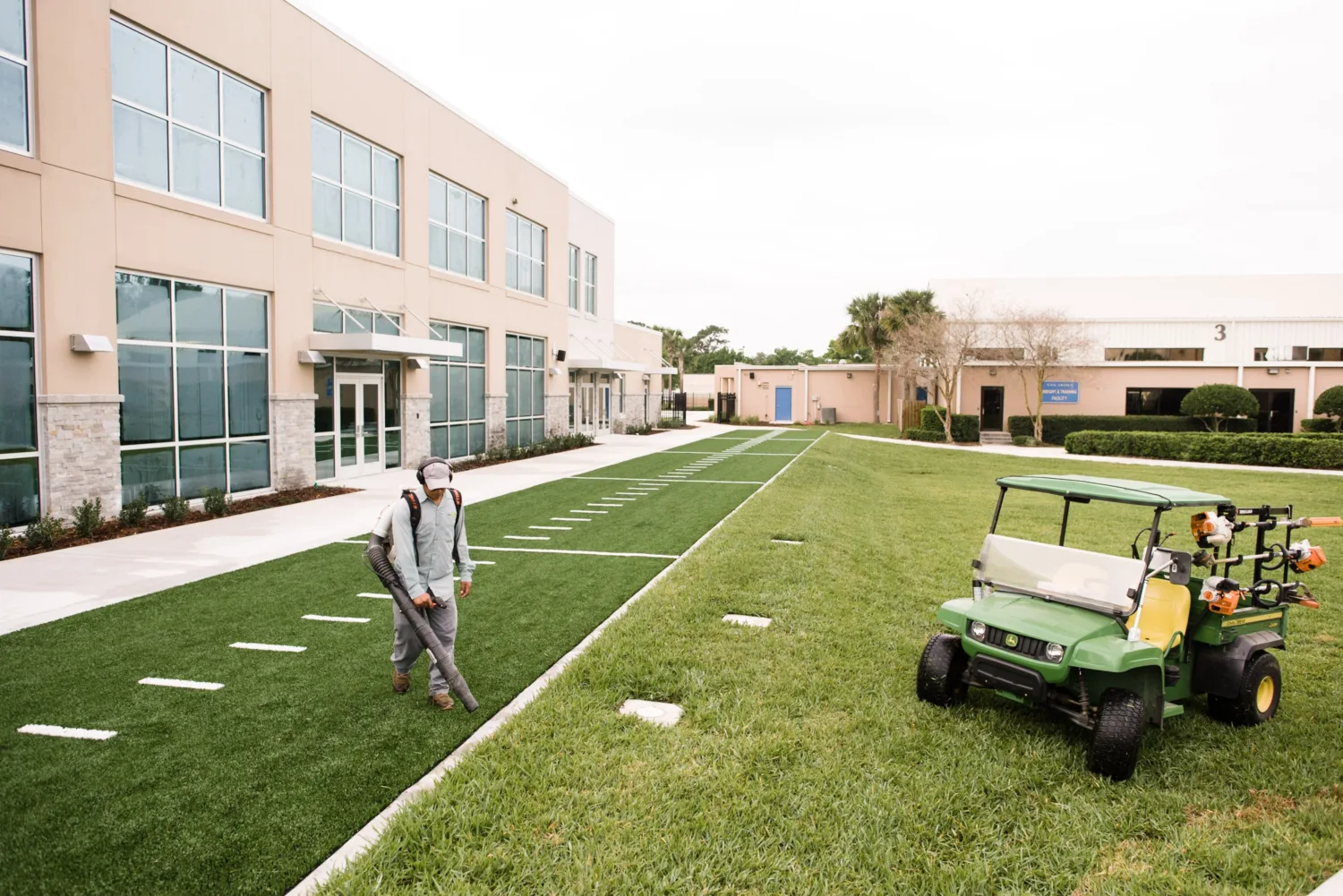
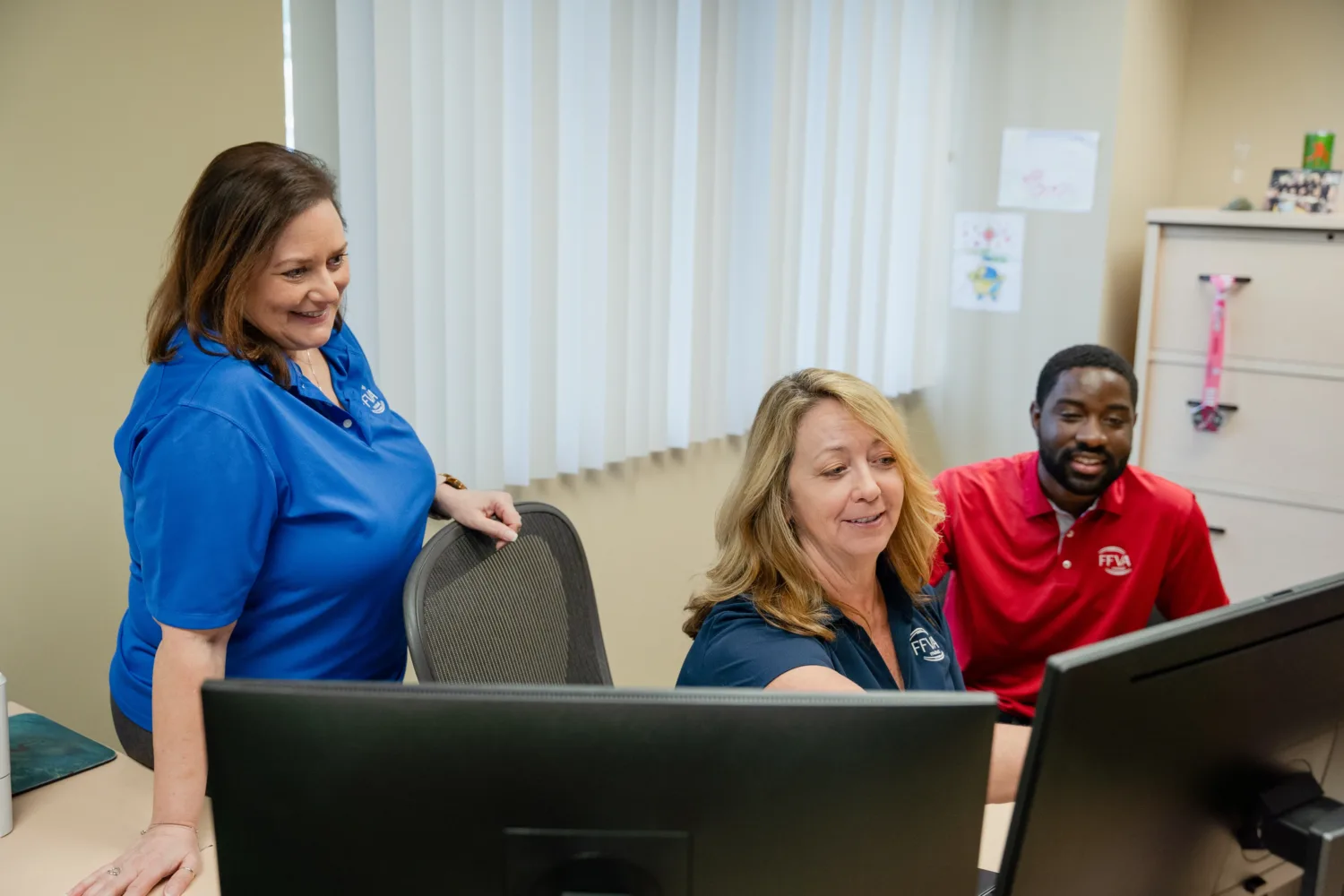


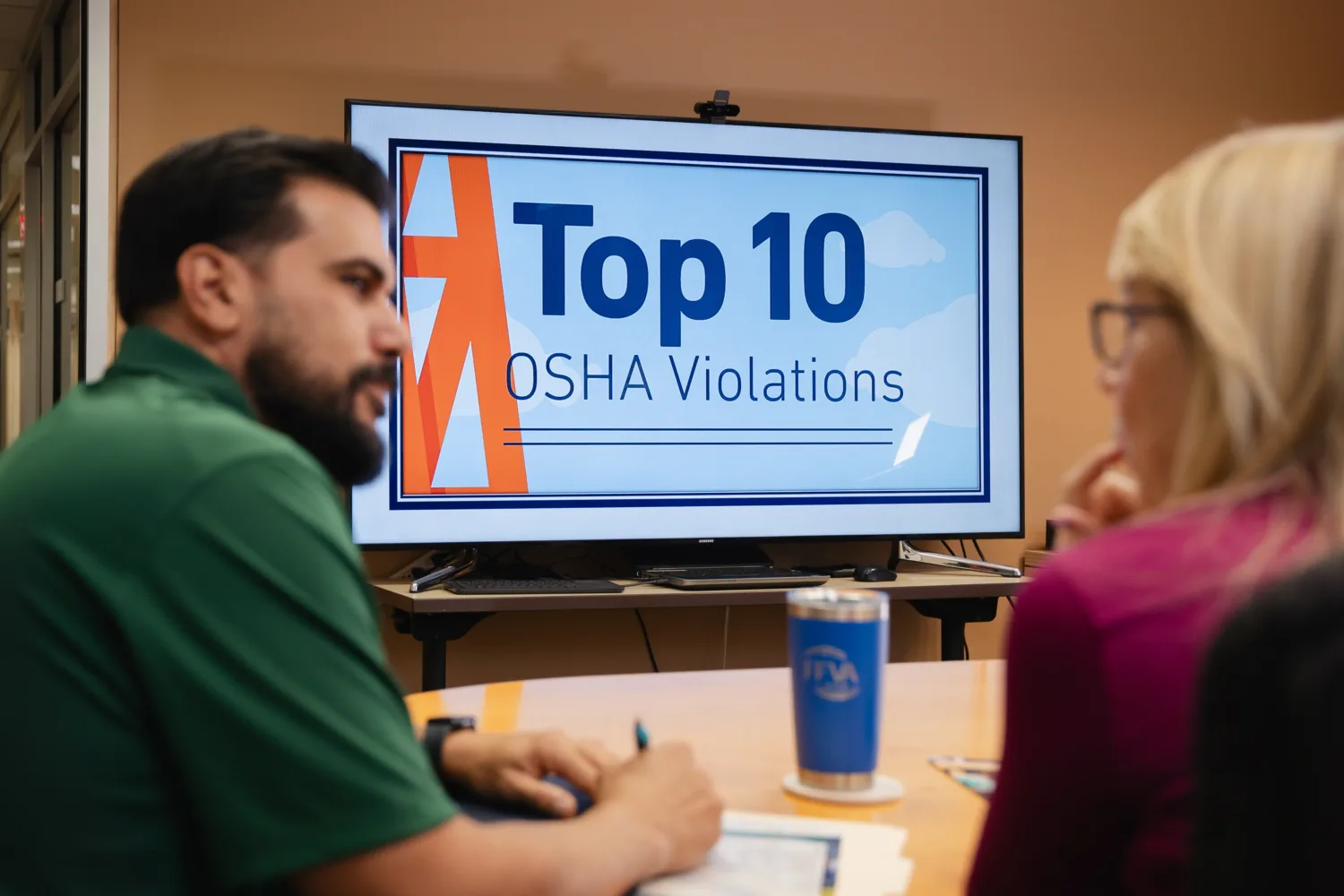

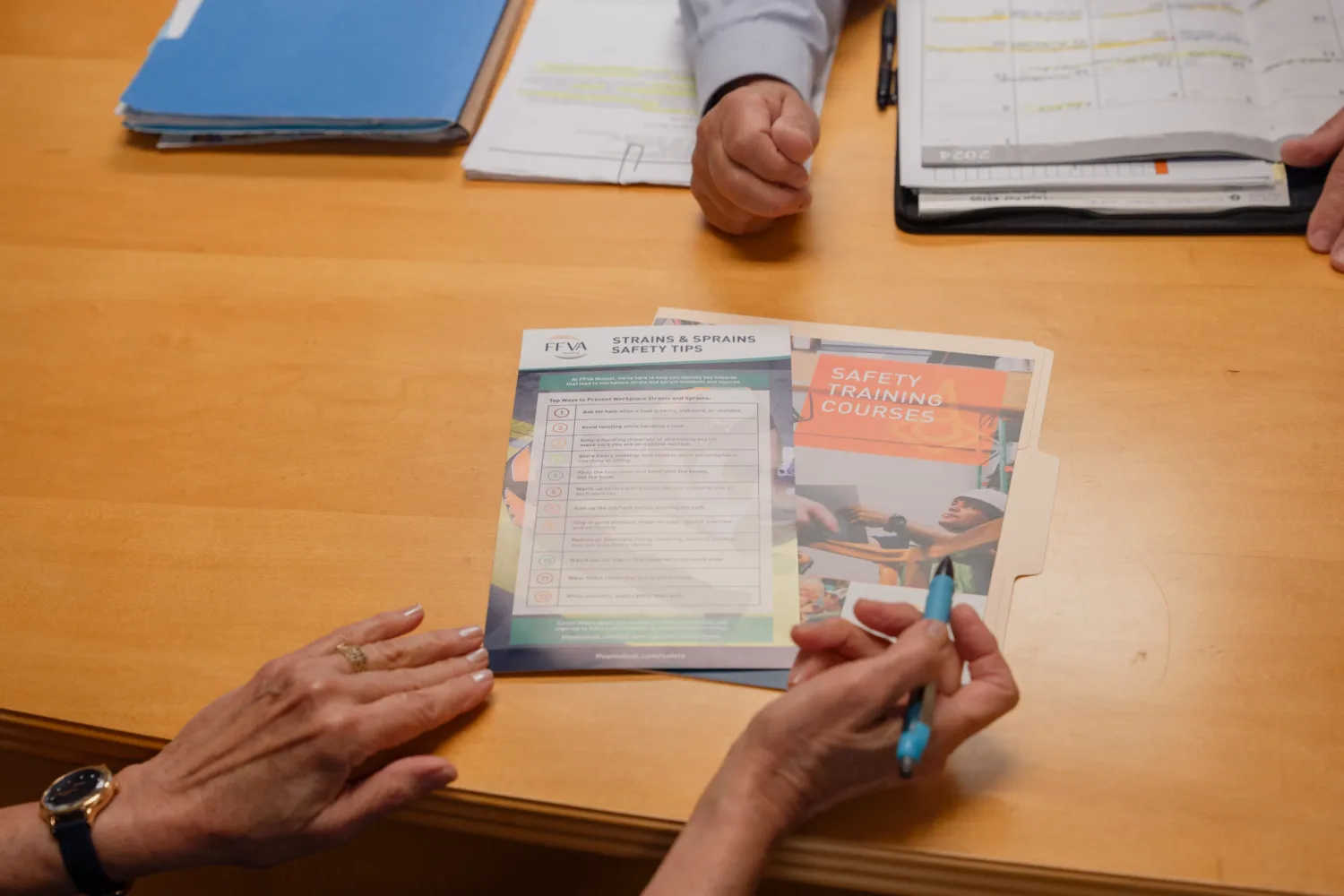
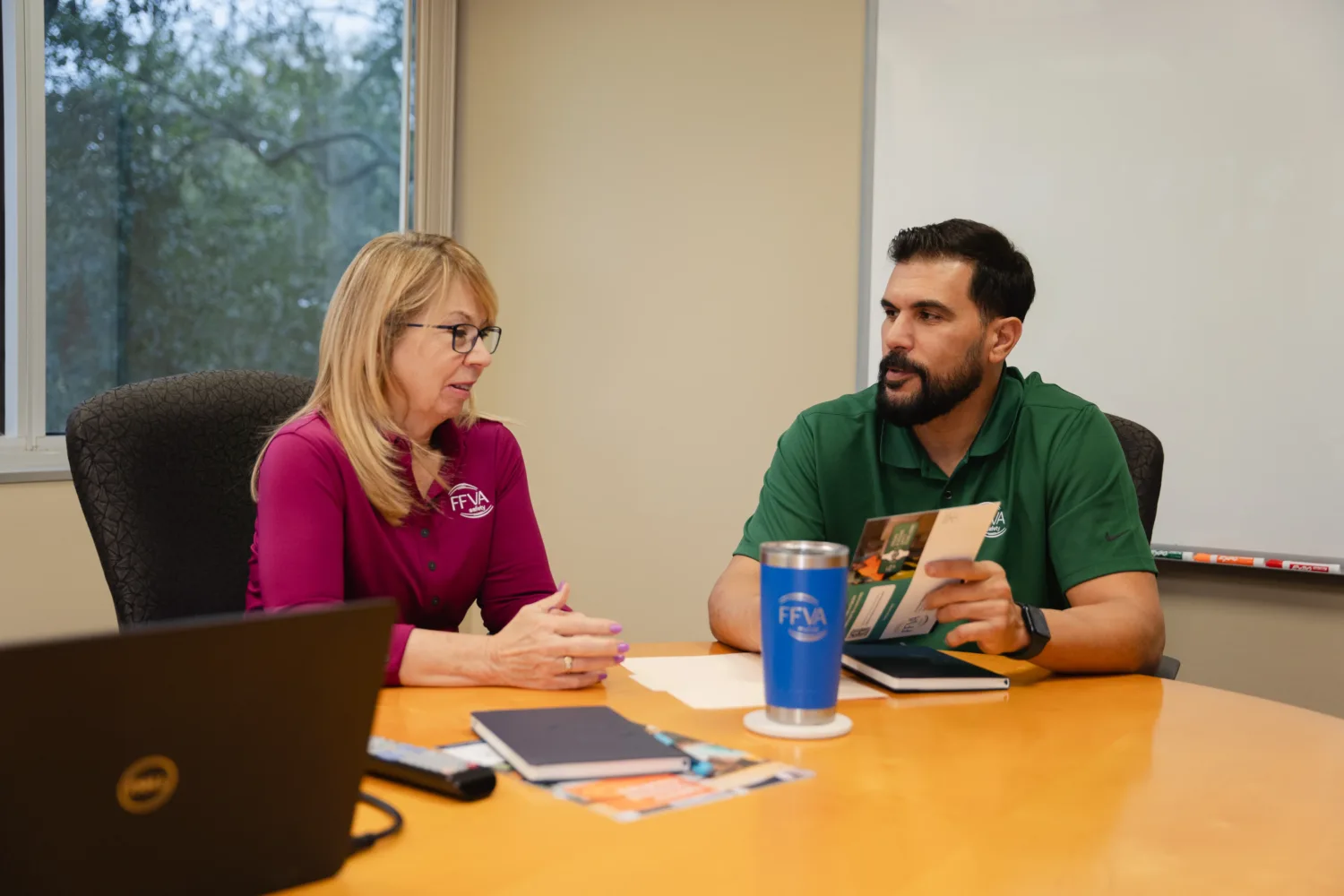


![OSHA’s Most Frequently Cited Standards [infographic]](https://www.ffvamutual.com/wp-content/uploads/1000-x-450-for-blog-post-main-banner-1.png)


